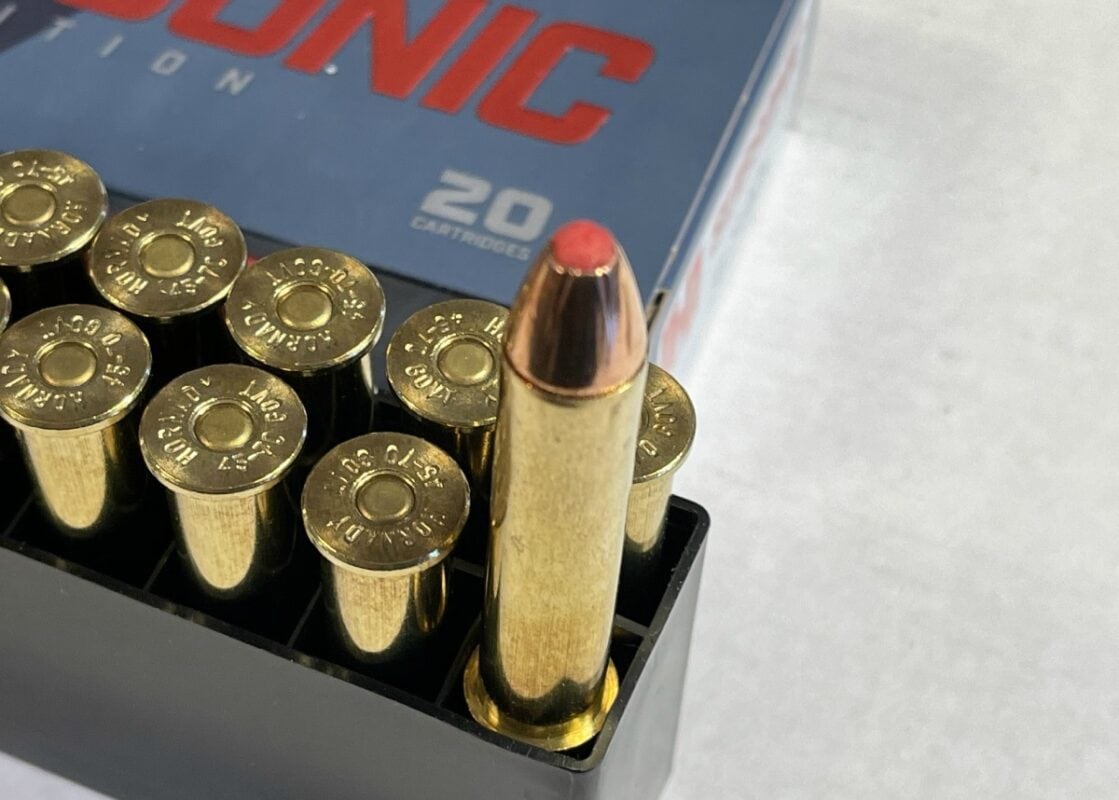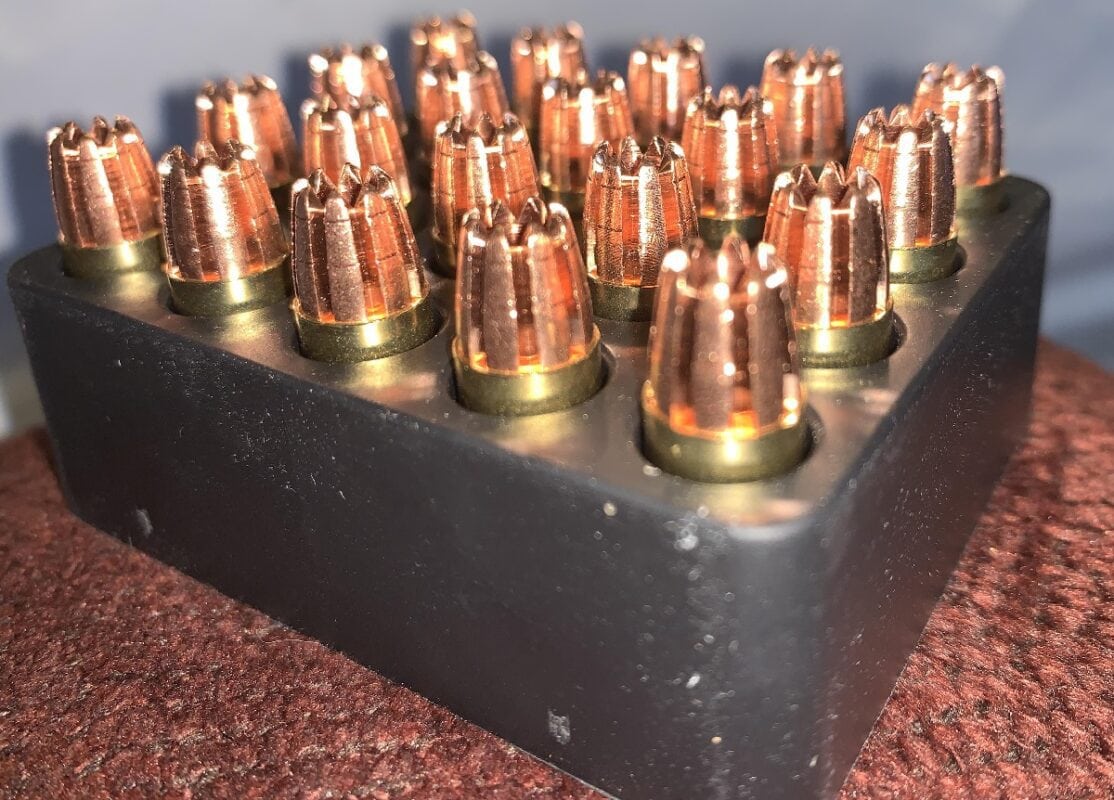American ammunition producers are now running at full capacity, with some assembly lines operating around the clock. Yet, the great ammo shortage of 2021 has continued. A common plea from many shooters has been that the companies should simply build a new factory and produce more ammunition.
That line of thinking may make sense in times like this, but it is obvious why the ammo makers have been reluctant to expand with new facilities. They risk overproduction when things return to normal, which could result in a glut, which would drive down prices and result in manufacturing lines being shuttered. As with any consumer good, ammunition is one that has ebbs and flows based on supply and demand.
The Great Ammo Shortage: No Easy Solutions
Right now, there is a global demand that is outpacing supply.
However, expansion may be coming as the industry is expected to see increased growth globally by the end of the decade.
According to a new report released on Wednesday from Research Dive, an international market research firm, the global ammunition market is projected to increase to nearly $20 billion annually by 2028 – up from $15 billion in 2020, a CARG of 3.7 percent. While much of that could be driven by military, paramilitary, law enforcement and security spending globally, the commercial market in North America is also projected to grow significantly to $7.1 billion by 2028.
It will continue to remain the dominant position in the global industry, driven in no small part by the commercial sectors.
“The North America ammunition market is expected to garner a revenue of $7,114.8 million by 2028 and hold the dominant position in the global industry during the analysis period,” the report’s overview stated. “This is majorly because North America region is the hub of most established and developed framework of security in the public and commercial sectors. In addition, the major countries in the North America region, such as Canada and the US have a high expenditure for the internal security of their countries, which is another factor predicted to boost the market growth by 2028.”
Research Dive also forecast that the civil and commercial sub-segment was anticipated to have the fastest market growth, and that sector could generate revenue of $ 6,313.2 million by 2028, growing from $4,546.6 million in 2020, at a healthy CAGR of 4.4 percent in the forecast period.
“The utilization of ammunition in the commercial sector such as sports like shooting and in private corporations for protection purposes is expected to aid the growth of civil & commercial sub-segment,” the report’s authors added. “In the recent developments, in July 2021, Vista Outdoor, the leading U.S. manufacturer of ammunition, did an announcement to launch ammunition subscriptions, as Americans are buying guns and ammunition for driving sales and profits. These factors are expected to aid the growth of civil & commercial sub-segment.”
Ammo Shortage and Covid-19’s Lasting Impact
The global Covid-19 pandemic has a moderate impact on the global ammunition market. However, the ongoing supply chain issues have remained an issue however, as the lockdowns imposed at the start of the novel coronavirus outbreak resulted in bottlenecks in the supply of critical components and materials.
Throughout much of the pandemic, some chemicals used in the production of ammunition in the United States are slow to reach producers, while much of the cooper supplies have been directed towards consumer electronics including phones, computers and other mobile devices. That has limited the production of brass for ammunition shell casings.

Image: Creative Commons.

Image: Creative Commons.
However, even as domestic production is now running at capacity supply bottlenecks are impacting the importation of ammunition from Europe and Asia has slowed. It will continue to be a problem – and likely it won’t get better at least until next summer.
Peter Suciu is a Michigan-based writer who has contributed to more than four dozen magazines, newspapers and websites. He regularly writes about military small arms, and is the author of several books on military headgear including A Gallery of Military Headdress, which is available on Amazon.com.

